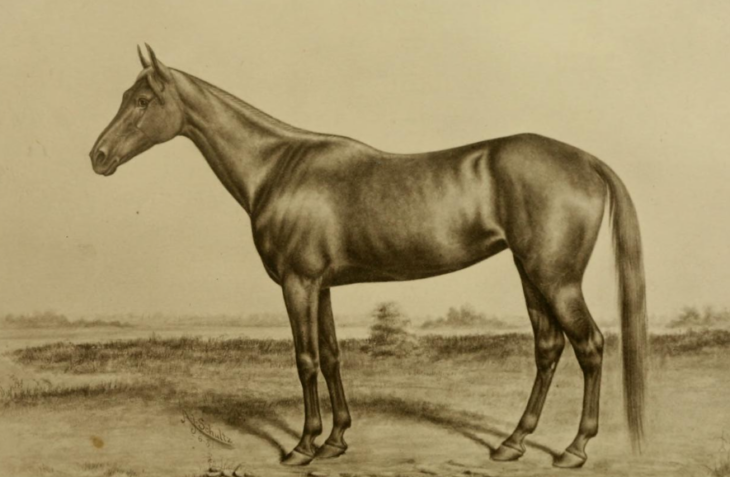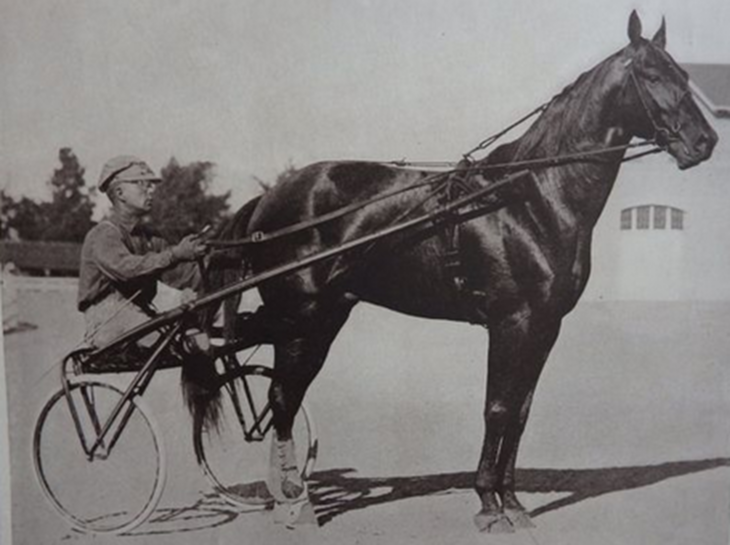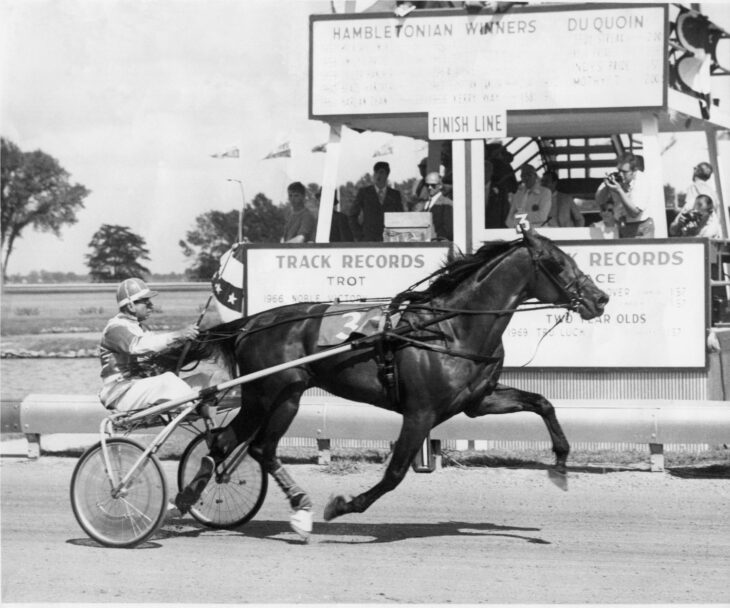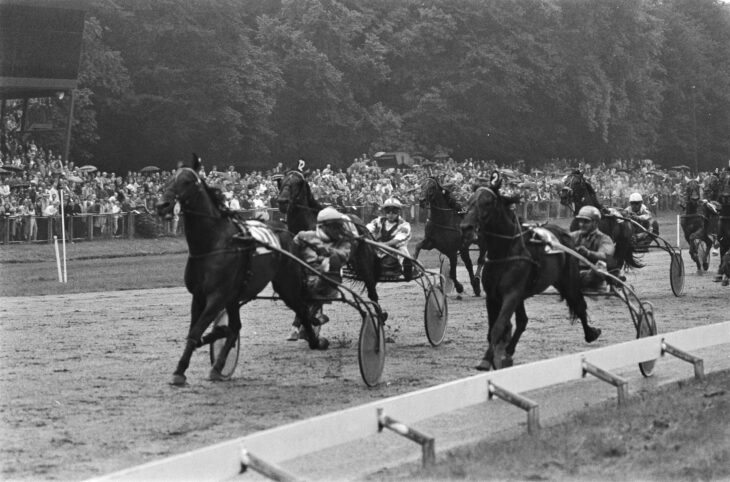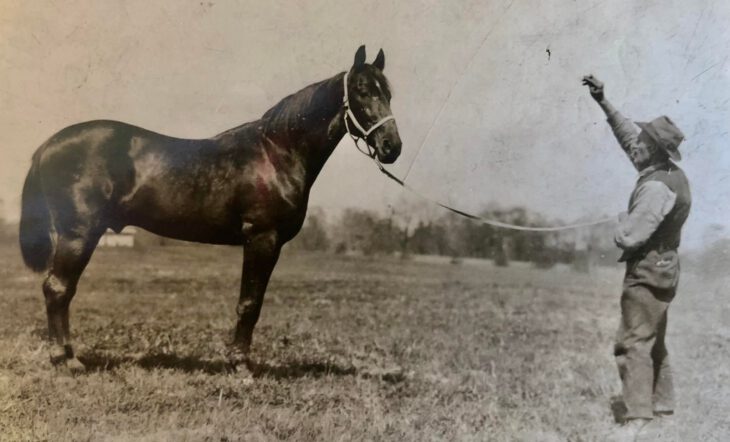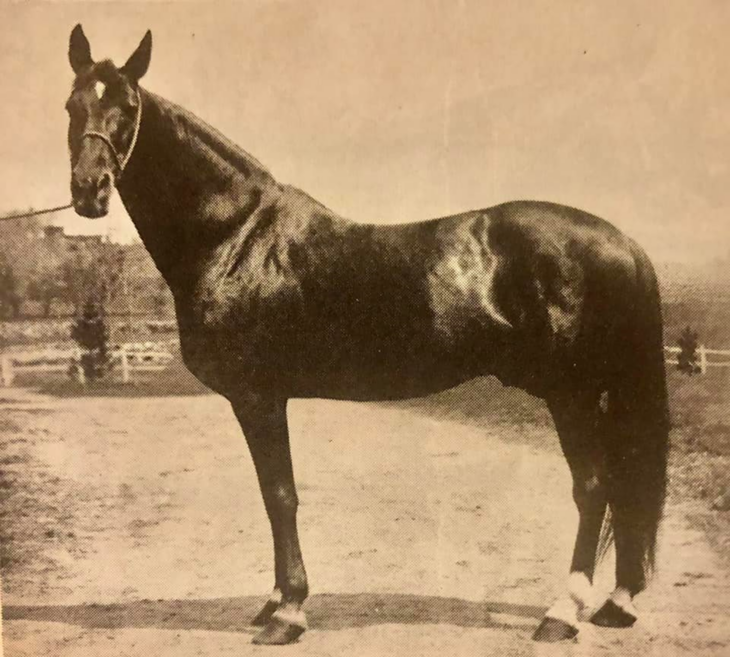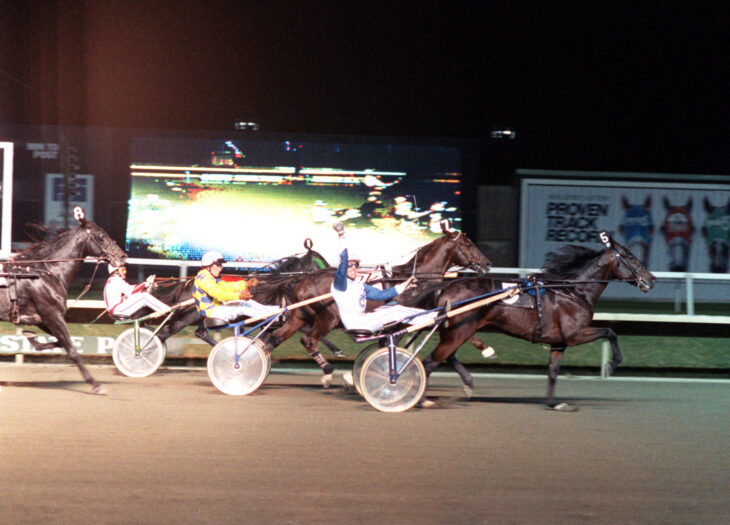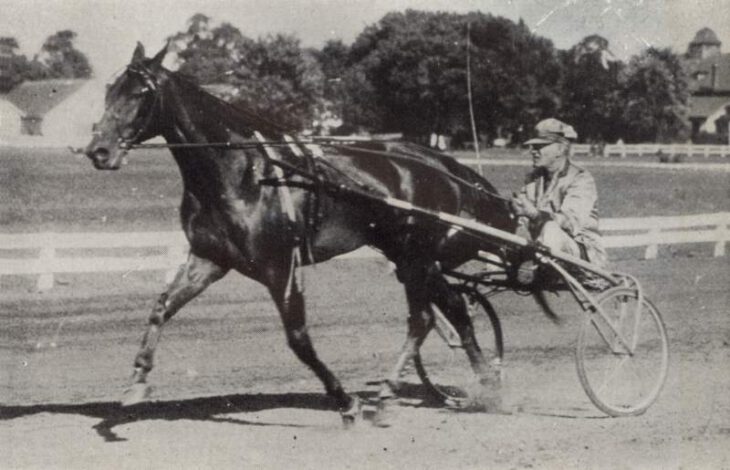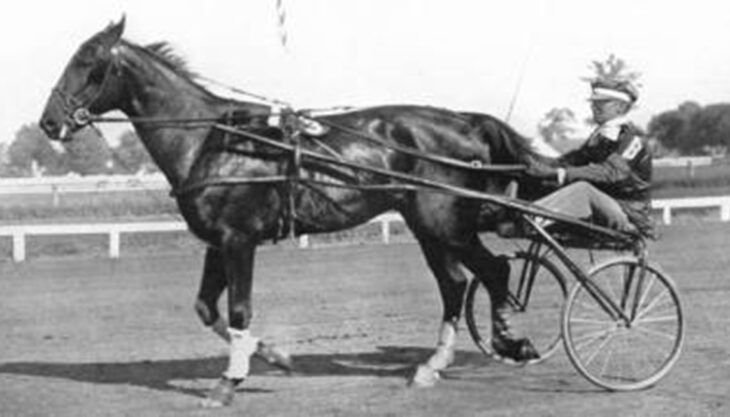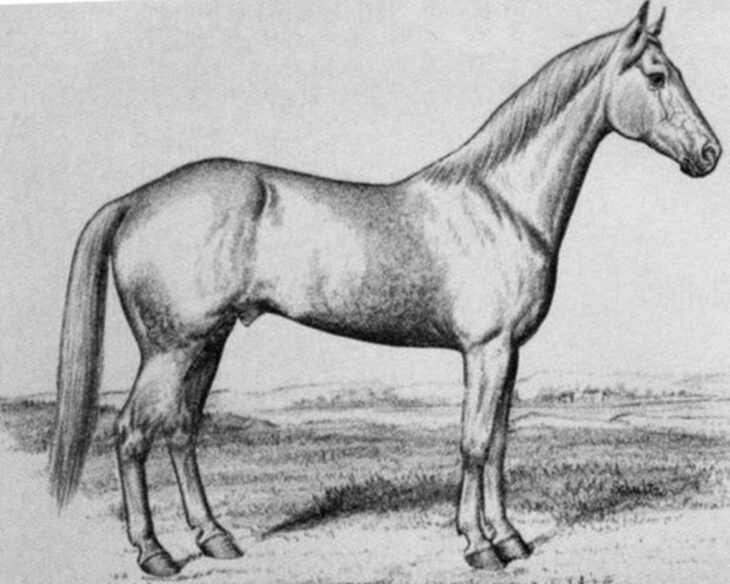The first of the champions to have an unblemished career, Maud S was one of the best trotters in the high wheel sulky era and lowered the world record a whopping six times.
Read MoreEditor’s pick
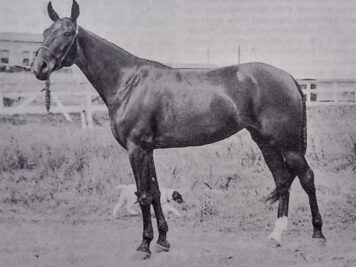
The game superstar who raced herself to death
She was on her way to possibly becoming one of the best trotters in history when tragedy struck. The tale of Sadie Mac is one a...
Read More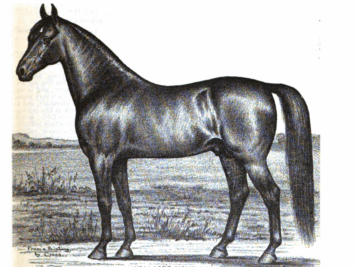
The great horse of San Mateo (and the Captain’s mare)
She was one of the most famous trotters around the time Hambletonian was born, but we don’t even know her name. In the mid...
Read More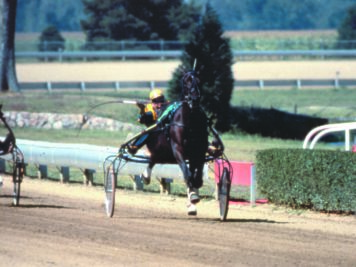
The terror
In the case of Nevele Pride, it is not only the horse that is legendary, but also his temperament. For every great race-related...
Read More
The stallion sensation
He was broken, but never trained for a single race. When Electioneer was bought at 8 for a huge sum he had nothing to show for...
Read More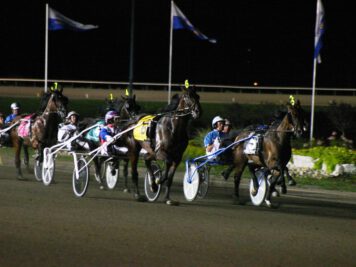
The bargain basement superstar
A $2,000 yearling at the Tattersalls Select Yearling Sale in September 2001, the price tag gave no indications of what was to...
Read More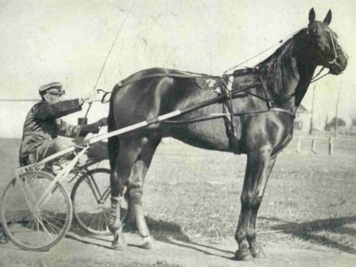
The secret daddy
The expression “Who’s your daddy?” is often used as a claim of dominance. In the case of the 1938 foals of Gäel, a champion...
Read MoreHe was a slight two-year-old who was sold off in the belief that he had no future. However, the 15 hands/152 cm trotter grew to be a spectacular animal with exceptional speed and strength and, most of all, extreme courage and gameness. “Little Lee” would indeed be the biggest, before he tragically died way too soon.
Read MoreFrom humble beginnings, he became one of the best three-year-olds, then went on to dominate as an aged trotter. In was at stud he established himself as one of the true legends of trotting, though, but it was a stroke of luck that Speedy Crown wasn’t lost to American trotting after his two-year-old season.
Read MoreHe was a nasty colt, and the only – to date – Elitlopp-winner to be led to the winners’ circle by two grooms holding a chain. The blue-blooded trotter Jorky was no treat to be around, and he was a handful for his opponents as well. The only horse to win all four group I-Criteriums in France, Jorky was a mean superstar.
Read MoreHe turned out to be one of the most important stallions in standardbred history, but it could have been very different. The colt was a challenge for his trainer and only made two starts in his first two seasons. In the end he only lasted five more races before a disappointed owner sold him to a buyer whose partner really didn’t want the horse at all. But Peter the Great persevered and became a true legend and foundation stallion of the standardbreds.
Read MoreThe colt had talent, but had inherited his sire’s poor feet and was rushed too early to the races and as a result barely raced because of his lameness. Showing exceptional speed, his new owner decided to gamble on the six-year-old colt at stud. Virtually everybody thought it was a ridiculous folly of judgment. However, John Shults had the last laugh as Axworthy turned out to be one of the foundation sires of the standardbreds.
Read MoreHe won one of the most prestigious races of all time, then retired to become an elite stallion. His performances in Europe in 1988 are still occasionally talked about by Scandinavian trotting fans who all agree on one thing: there was something really special about Sugarcane Hanover.
Read MoreVolomite is generally considered one of the best stallions in trotting history. It’s important to remember, though, that Volomite was only the second best in his crop on the track. However, while Volomite proved his worth at stud in safe surroundings in the US, quite the opposite was the case with his superior, Walter Dear, who eventually was trapped in a war-torn Germany.. This is the story of the only Hambletonian winner in history whose fate is unknown.
Read MoreThe only horse in history to set world records at 1, 2, 3 and 4 before eventually becoming one of the great stallions in history, Peter Volo was a champion both on and off the track. He was not a friendly horse, though, and had a terrible temperament. Though considered one of the pillars of harness racing history, Peter Volo was on track to be forgotten as a stallion given his poor production. One man, however, refused to give up how in the foul-tempered stallion and persisted in his efforts to buy him – a purchase which would change history.
Read MoreGrey trotters have always caught the attention of the public, Greyhound naturally being a big reason. Of the thousands of stallions at stud before 1900, very few were successful sires of speed – and almost no grey ones. One exception, though, was Pilot Medium who sired Peter the Great. Pilot Medium’s grey coat is inherited from his damsire, Pilot Jr, who was a famous horse in his time and widely acknowledged as the best horse in “the Pilot family.”
Read More
